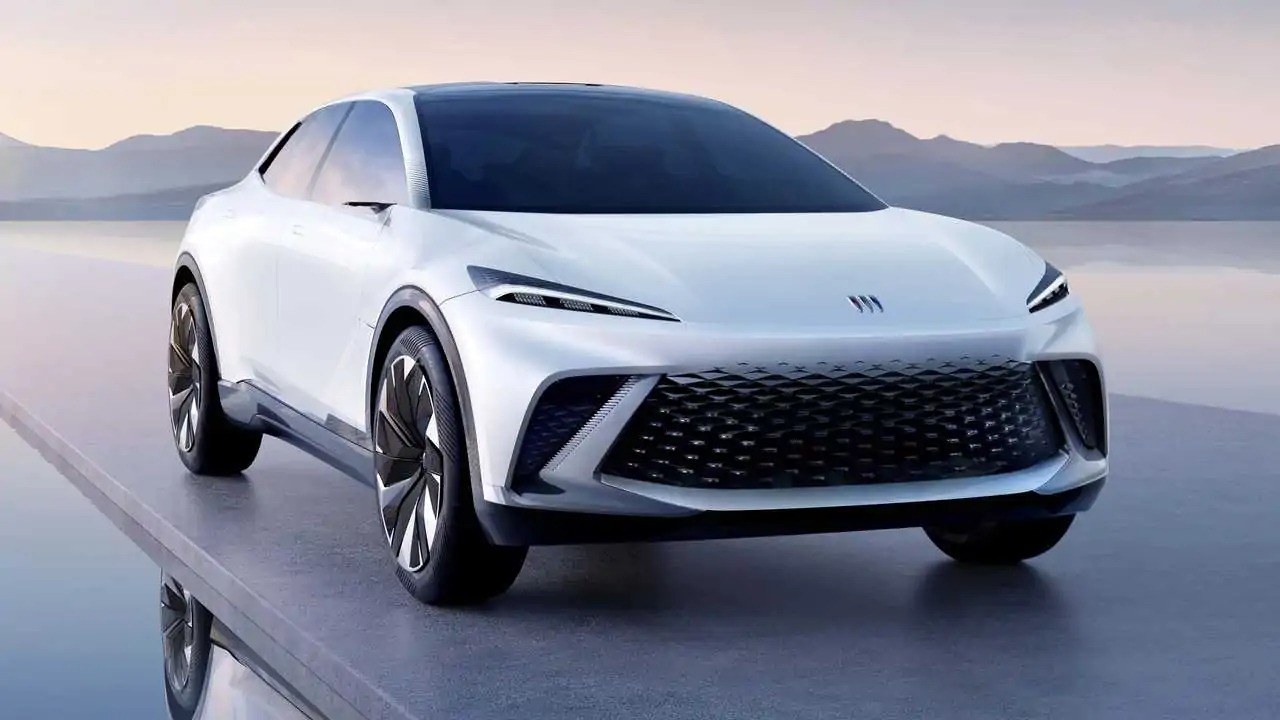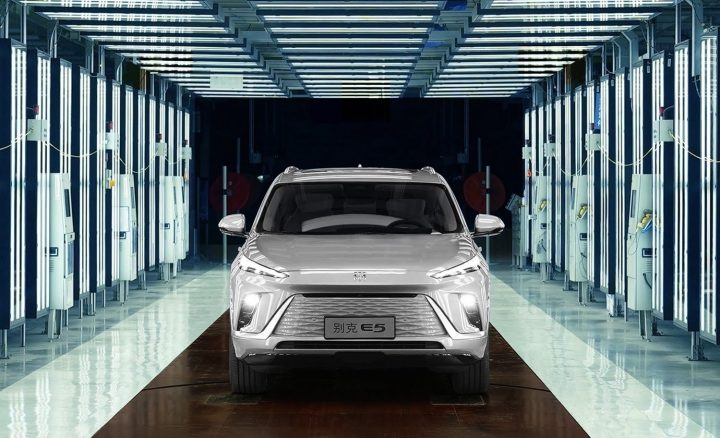General Motors’ Buick brand is set to launch a new model featuring extended-range electric vehicle (EREV) options in China, responding to local consumer preferences—a relatively uncommon move among foreign automakers in the region.
The model, codenamed NDLB, was initially scheduled for production this quarter. However, as development approached completion, Buick’s management opted to revise the product strategy, according to a report from local media outlet AutoPix. Originally intended to be offered solely as a battery electric vehicle (BEV), the NDLB will now also include EREV variants.
This change necessitates a shift in the vehicle’s architecture to accommodate both pure electric and EREV powertrains. As part of this restructuring, the NDLB will transition from GM’s Vehicle Intelligence Platform (VIP) to SAIC-GM’s China Local Electronic Architecture (CLEA), as reported by AutoPix.
SAIC-GM, GM’s joint venture in China, has been implementing a five-year electrification strategy that began in 2021, which aligns closely with GM’s initiatives in North America. However, this year, SAIC-GM has deviated from GM’s pace, opting for a more flexible product strategy tailored to the Chinese market.
The NDLB is designed as a mid-size flagship sedan, modeled after Buick’s Electra-L all-electric concept, first showcased at the Beijing auto show in April. Originally, the vehicle was anticipated to launch in the first half of 2025, but the recent architectural changes have delayed production to early 2026, as nearly three years of development will need to be redone.
In addition to incorporating EREV options, Buick’s restructuring aims to replace the more expensive VIP architecture with the cost-effective CLEA platform. This decision aligns with SAIC’s revised product strategy amid declining sales.
SAIC-GM experienced peak sales in 2017 and 2018, with annual figures around 2 million units. However, sales have dropped for six consecutive years, plummeting to 1 million units in 2023. In the first nine months of this year, SAIC-GM sold fewer than 280,000 units, reflecting a nearly 62 percent year-on-year decrease.






